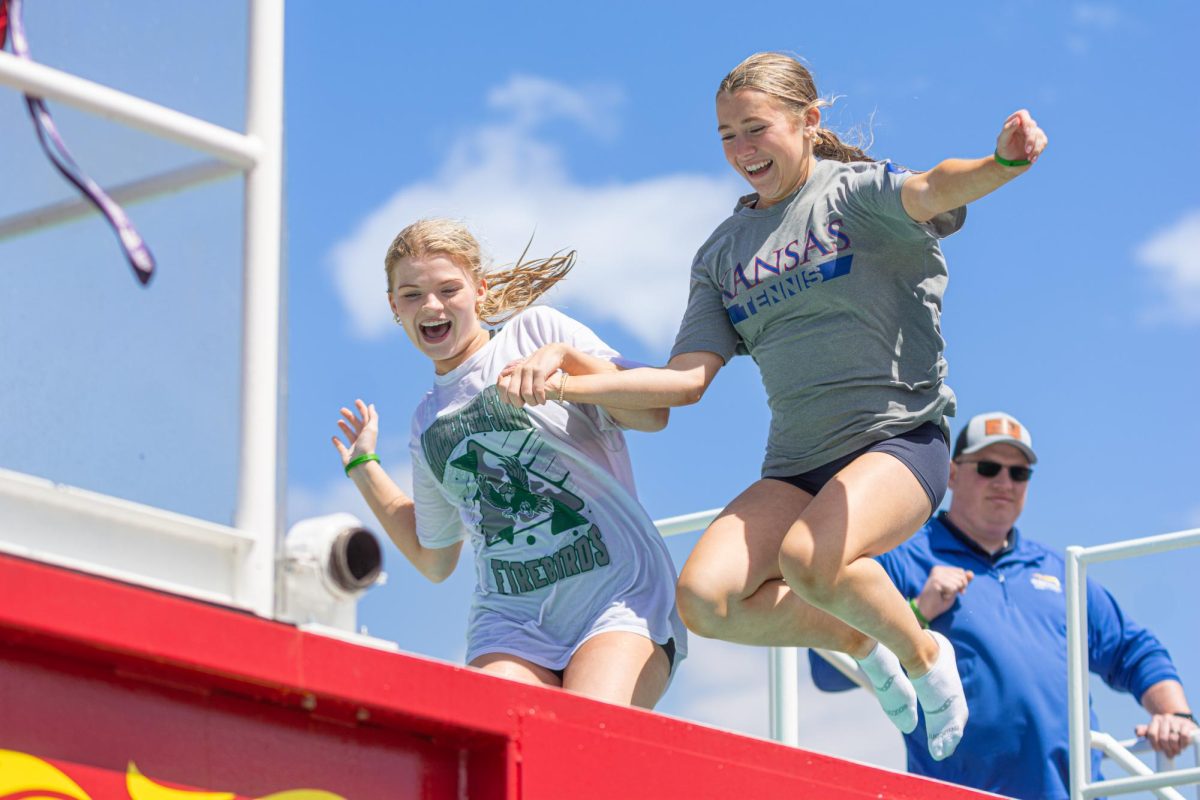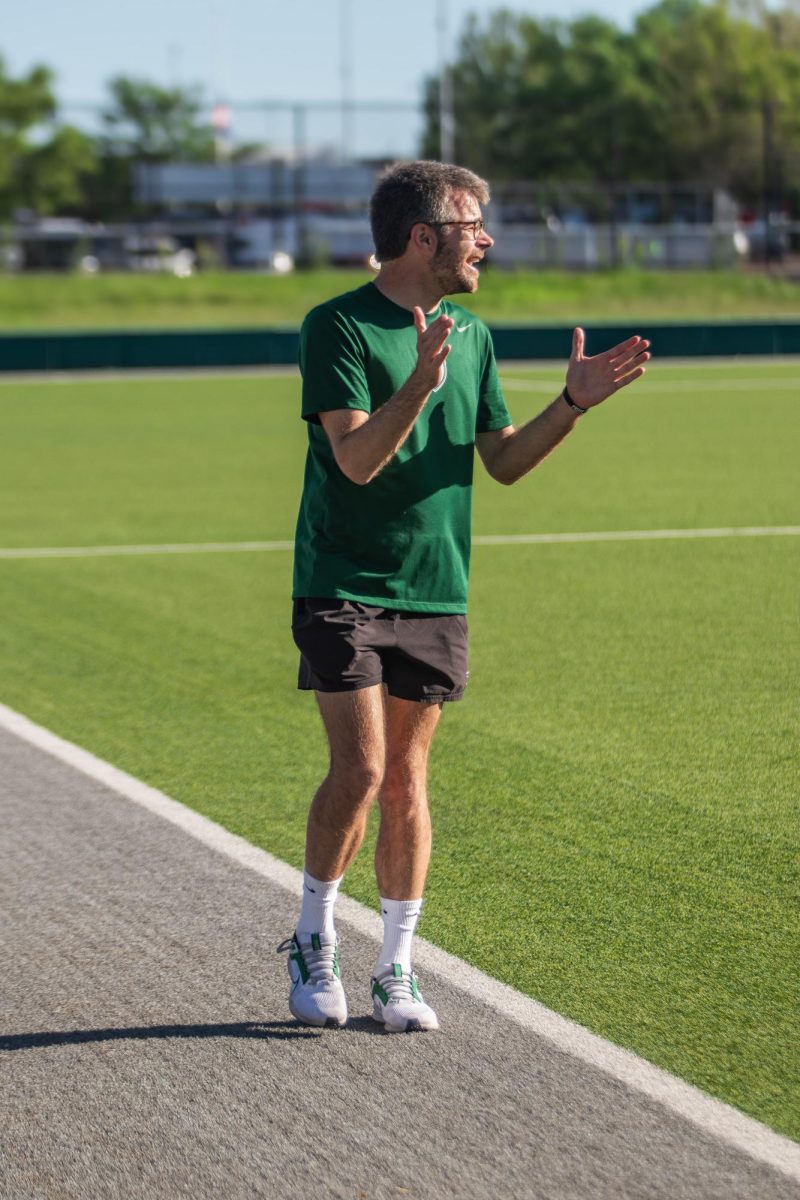Each school year hundreds of students walk to, from and around school carrying backpacks laden with books and materials, some weighing as much as five pounds a piece Wearing a backpack correctly now can keep students from dealing with bad back, neck and shoulder pains later in life.
“The amount of homework teachers give sometimes weigh your backpack down and weigh you down, literally,” sophomore Sam Boatright said. “I think wearing your backpack correctly definitely makes a difference on your back.”
Wearing backpacks over one shoulder strains muscles to compensate for the uneven weight. The spine leans to the opposite side, stressing the middle back, ribs and lower back more on one side than the other. Muscle imbalance like this can lead to muscle strain, muscle spasm and back pain in the short term, and speed the development of back problems later in life. The weight can also pull on the neck muscles, causing headaches, neck pain and arm pain.
Junior Meixi Wang is aware of the stress a backpack can do to your future self and chooses to carry her books around in a rolling backpack.
“Backpack etiquette is really important to your health, and I think that if you are carrying around 50 pounds a day its really gonna hurt your posture,” said Wang.
For those who have one, use your backpack’s hip strap.
“You want to transfer as much of that weight pack off of your shoulders, on to your hips,” Sunflower Outdoor and Bike employee Marc Clausen said. “When you put it on your hips your using larger muscles, you’re using your gluts, your quads, you’re using all of your leg muscles to carry your weight, rather than your shoulders.”
Keeping shoulder straps tight is also important. The shoulder straps should be tight enough to get the most contact between the backpack and the curve of your back and shoulders. “The more contact you have, the more friction you have keeping the pack on your back. Again you’re using more muscles and not having to stress one out more than the other,” Clausen said.
When searching for a new backpack, the best choice is whatever fits you best. It’s not about bells and whistles. Look for what fits your back and gets the most contact. Avoid future pain, be fit enough to have fun.







